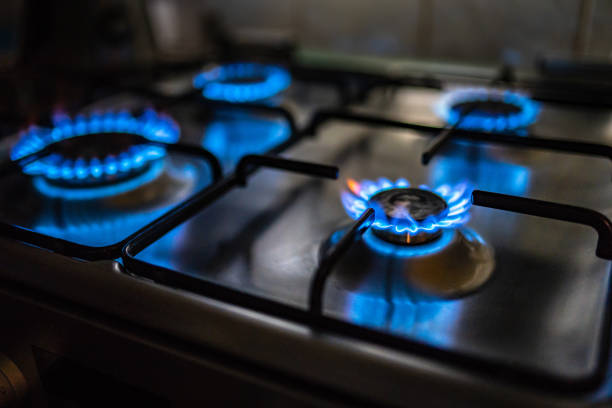
That gas stove in your kitchen fires up quickly and cooks evenly. What’s not to love?
A lot, as it turns out.
The emissions from gas stoves are considered major contributors to climate change and damaging to human health. Now, new research suggests they’re troublesome even when they’re turned off.
RELATED: The 10 Unhealthiest Places In Your Home
How your stove may be harming your health
The problem is sizable: Over 40 million U.S. households cook with gas, and gas stoves directly expose people to harmful emissions that often include formaldehyde, carbon monoxide and nitric oxides (NOx) that can trigger asthma, coughing, wheezing and difficulty breathing, according to researchers.
“I think one of the take-home messages for the paper is that natural gas appliances, they heat the Earth and they harm the planet, and they’re also impacting the air quality that we breathe,” says senior study author Rob Jackson, a professor of Earth system science at Stanford University in California.
“Consequently, electrification could cool the planet and make our air cleaner and make us healthier,” Jackson adds.
To come to that conclusion, his team measured methane and NOx released in 53 California homes during combustion, ignition and extinguishment, along with when the appliances were off.
The stoves that were a part of the study ranged from three years old to 30 years old. They were from 18 different brands. But the age or cost of the stove didn’t seem to matter.
These household appliances emitted an estimated 1.3% of the gas they use as unburned methane, the study found. That was substantially more than the emissions reported by the U.S. Environmental Protection Agency for all residential sources combined, according to the researchers.
About three-quarters of all the methane emissions recorded in the study happened while stoves were off, possibly because of loose fittings and connections to the stove and the in-home gas lines.
Methane wasn’t the only emission: NOx, including nitrogen dioxide (NO2), was also released.
“There are no current indoor standards for NO2. We wanted to measure the rates of emissions of these pollutants inside homes to see how








